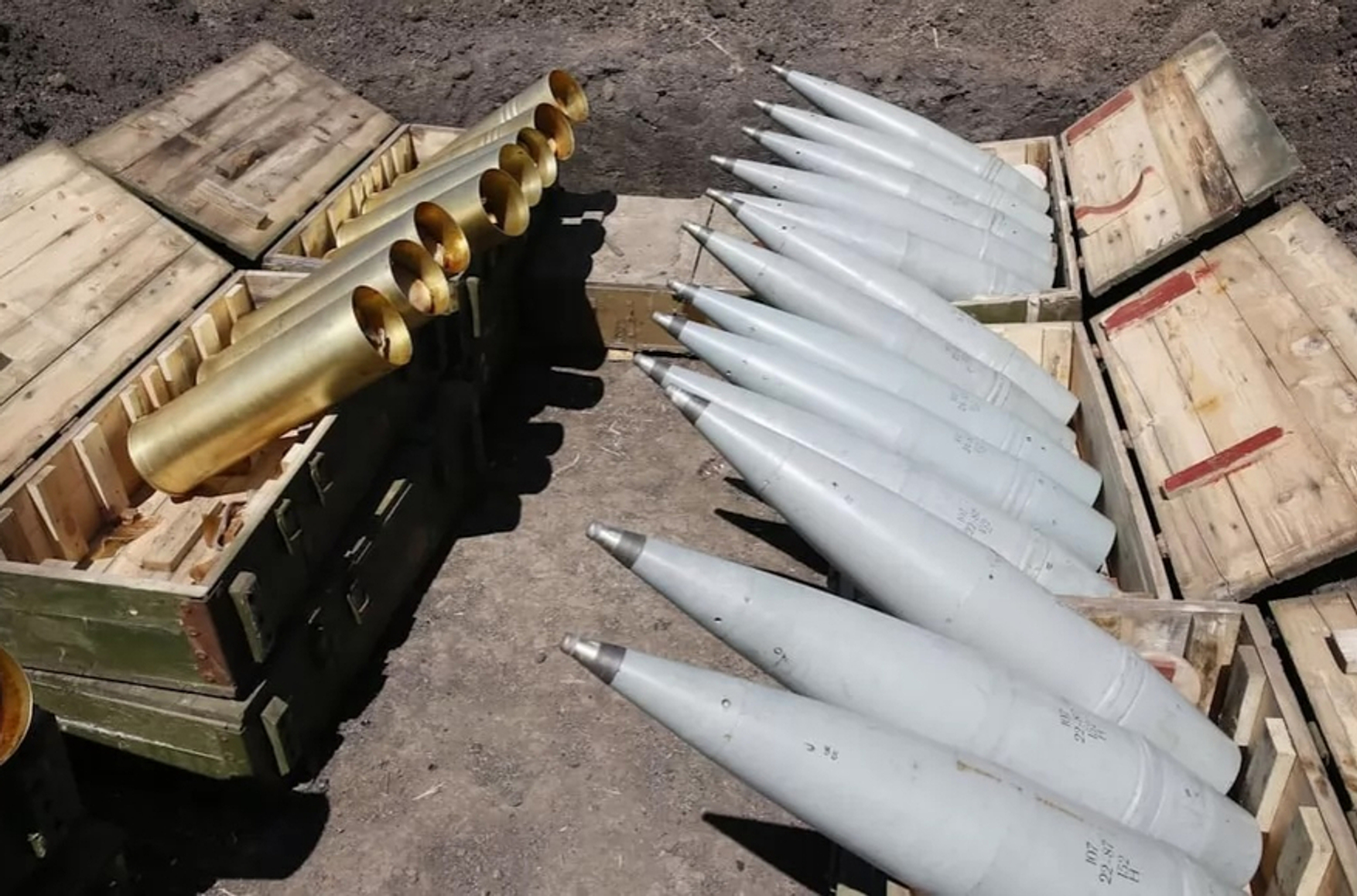
Photo: wikimedia.org.
The UK-based nonprofit Open Source Centre (OSC) has published a report titled “Brothers in Arms” that reveals the scale of North Korean ammunition supplies to Russia. According to OSC’s analysts, since August 2023, North Korea has shipped at least 15,800 containers of artillery munitions to Russia. This translates to approximately 4.2 to 5.8 million units of various types of ammunition, including 122mm and 152mm artillery shells, and 122mm mortar rounds.
Documents reviewed by Reuters, as well as Ukrainian officials interviewed by the news agency, indicate that North Korean munitions accounts for about half of all artillery shells fired by Russian forces in 2024. Currently, shipments from North Korea are averaging 750 containers per month, which equates to roughly 200,000 to 279,000 rounds quarterly.
Aside from ammunition, Moscow has also received ballistic missiles, long-range artillery systems, and multiple rocket launcher systems from Pyongyang. According to Ukrainian intelligence, North Korea has supplied Russia with 148 KN-23 and KN-24 ballistic missiles, 120 long-range self-propelled artillery units, and 120 multiple rocket launch systems.
The deliveries are being carried out by four Russian cargo vessels — the Angara, Lady R, Maria, and Maia-1 — which have made at least 64 trips between the North Korean port of Rason (formerly Rajin-Sŏnbong) and the Russian Far Eastern ports of Dunay and Vostochny. Using satellite imagery and 3D modeling, OSC’s researchers determined that the ships are indeed primarily transporting artillery shells and mortar rounds.
The report points to Russia’s heavy reliance on North Korean supplies to maintain its intense rate of artillery fire in Ukraine. The analysts warn that, without this assistance, Moscow would struggle to sustain its current pace of offensive operations. The findings also point to a significant ramp-up in North Korea’s production of weapons, with several arms factories reportedly operating at full capacity 24 hours a day after switching to a “wartime-equivalent posture.”
For context, the authors compare these volumes with Western support to Ukraine: since February 2022, the United Kingdom has delivered around 500,000 artillery rounds, while Germany has supplied close to 450,000 — meaning North Korea’s shipments to Russia in under two years far surpass the cumulative artillery aid provided to Kyiv by its leading European security partners.
In early April, a NATO spokesperson in Brussels stated that, according to alliance intelligence, Kim Jong-un deployed 11,000 North Korean troops to Russia last year to counter the Ukrainian incursion in the Kursk Region. Of those, approximately 1,500 were killed and 3,500 wounded.